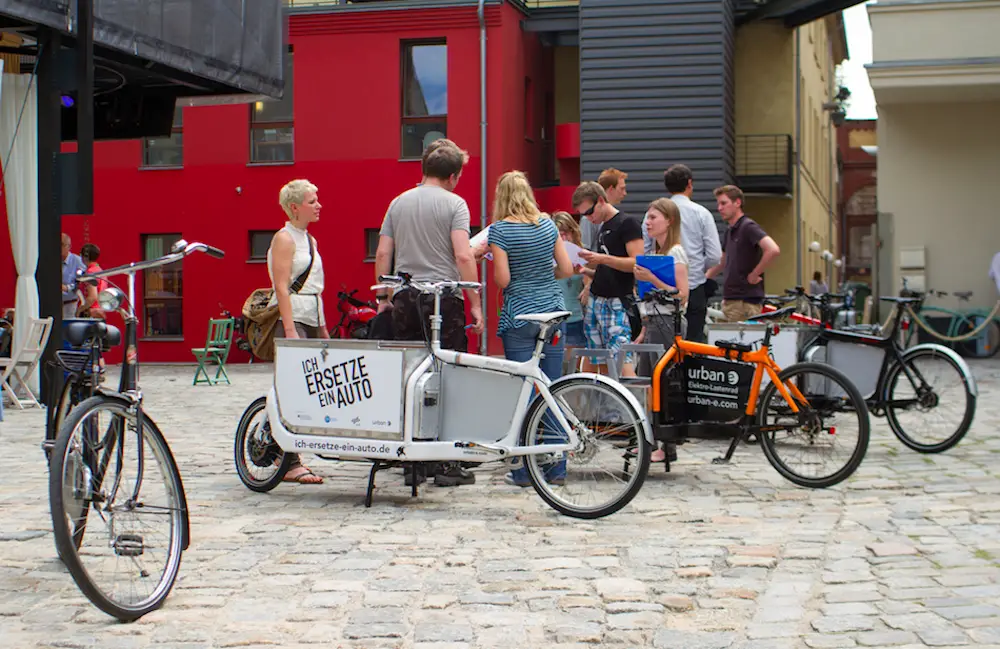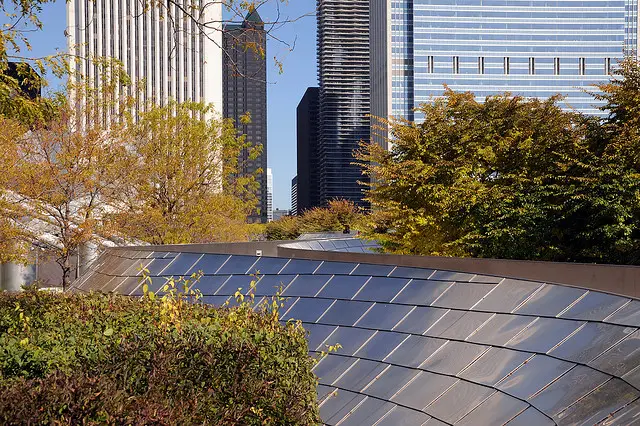The hierarchy of mobility needs is a concept similar to that of Maslow’s hierarchy of needs – a psychological theory of fundamental human needs. To understand how a hierarchy of needs may work from a mobility point of view, lets consider how a ‘rational commuter’ may feel about these two options:
Option 1: Travel in a luxury car along a six lane highway route which has a record of five armed robberies every month or Option 2: Take a slightly congested road which has a police station and a military cantonment between A and B. To the ‘rational commuter’, safety comes above convenience, even if it is in a public mode of transport. Thus safety is above the mere act of moving in a hierarchy of mobility needs.
If we were to look at mobility from a food chain-type perspective, then walking lies at the bottom. The primary mode of mobility in order to get to a car or to get to a public transit mode or for walking itself, is to walk. No matter what the socio-economic status of a person is, mobility through walking applies to all citizens. Thus it is the most equitable and egalitarian mode of mobility. On average, 20-60% of all journeys are done by walking in Indian cities. This number is even more significant for older people and children.
But just like in a food chain, one who walks is eaten by all the ones above him. Two-wheelers and four-wheelers are ready to devour the pedestrian who tries to walk meekly by the road side on a path that was made for him but that also has been eaten yet again by parked two-wheelers and four-wheelers. Another way to look at this marginalization of primary producer of mobility is the distribution of mobility space in Indian cities. It is defined by speed with pedestrians relegated to the sides as swift-flowing vehicles gain the central roads.
Using a hierarchical and food-chain approach, we can explain why walking has gone for a long walk in India. What lies at the bottom of the food chain, and is the most important link of the chain, has not been provided with the most basic of its needs. They have been trampled badly by the ones above it, leaving pedestrians unable to move up their hierarchy of needs.
In India’s major cities, accident rates are highest for pedestrians. According to Central Road Research Institute, almost 80 per cent of the road fatalities involve pedestrians, with studies based on hospital records suggesting that 22-35% of road deaths are pedestrian deaths. Despite this, political focus is showered upon infrastructure projects that focus on mobility for vehicles. It is the scenario where everybody wants to eat meat and nobody wants to do the farming.
In India, roads are not mere transport nodes. For pedestrians, they are places where they can stop and catch their breath; eat street snacks; pay reverence to road side tree-temples; and are a way of life and means of living for many street side vendors. There is a strong economy that runs by the roadside in which pedestrians play the most important role. However, policy making in India has a bias against street vending with authorities cracking down on them harshly, thus breaking the intimate but fragile link between pedestrians and vendors. The low priority accorded to pedestrians in India both in policy making and the social fabric is articulated in many significant ways:
- Data which could assist in good policy making for pedestrians is not collected. Organized data on pedestrian volumes; crash and safety related information; behaviour; facilities already available and its features (width of footpath, street lighting quality etc); characteristics (age, gender mix) doesn’t exist in most Indian cities.
- Cost benefit analysis and economic valuations related to transportation projects presumes that the priority of transport planning is to keep vehicles moving and provides prime value to the time of only motor vehicles. The time savings for pedestrians are given the least priority.
- Segmentation for pedestrians is very broad. The needs of women, children and elderly people is not dealt with separately whereas sophisticated modelling is done for vehicular movement.
- Infrastructure is not pedestrian friendly, with a lack of availability of curbs and ramps on sidewalks creating inconvenience for walking. Elements such as sun shades, benches, etc. are not well integrated in the design of pedestrian facilities.
- Pedestrian right of way is considered subservient to automobiles, showing the implicit mindset that automobiles are superior to walking.
India’s National Urban Transport Policy states that the goal of transportation sector projects has to be “move people and not vehicles.” However, the present supply side policy approach adopted by all cities clearly favours construction of elevated highways and expressways, neglecting to provide for inclusion of pedestrians through design elements such as pedestrian crossings, wider sidewalks and shades. For policies to be formulated that create adequate pedestrian infrastructure and facilities, pedestrians must be recognized in the food chain and gain identity on the roads. This can be done by carefully addressing each of the above points and formulating a people centred transportation network that respects pedestrians, allowing them to move up the hierarchy of mobility needs.


